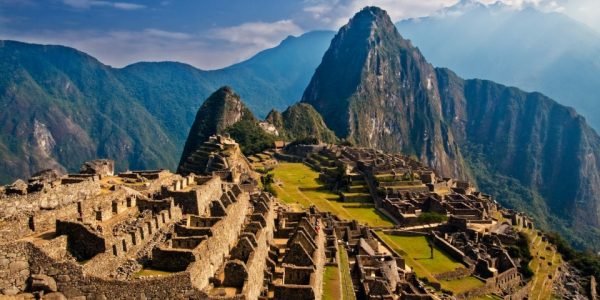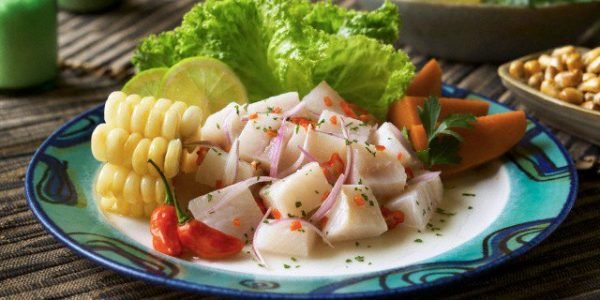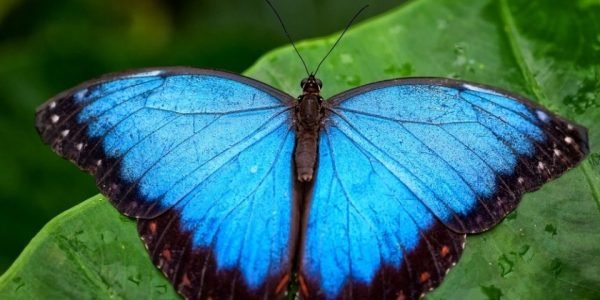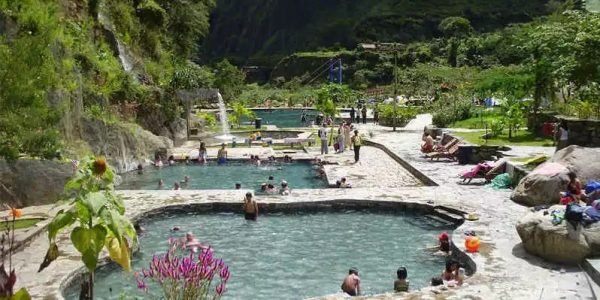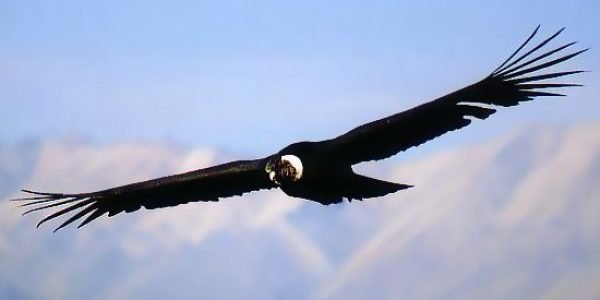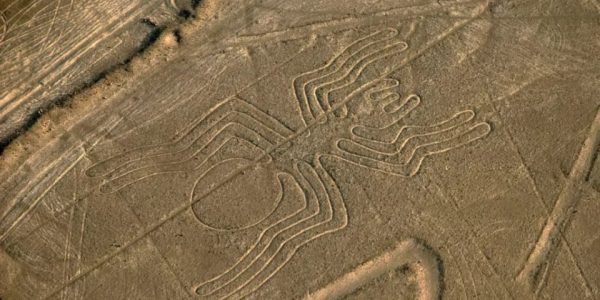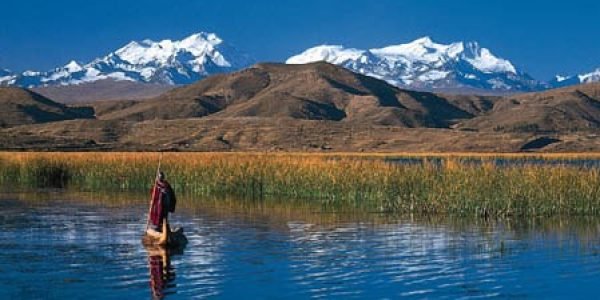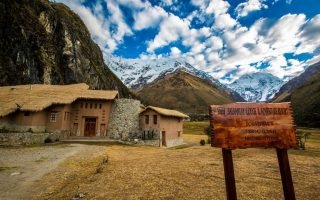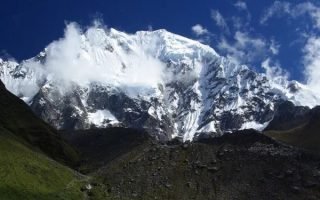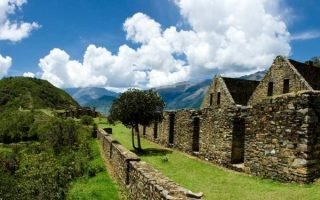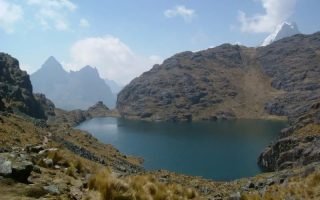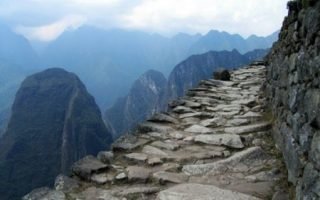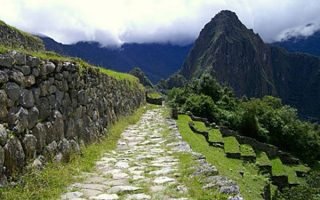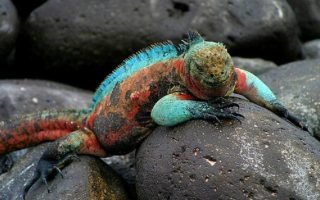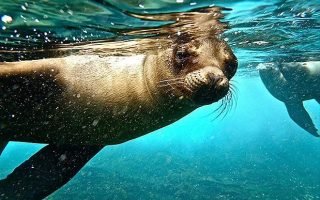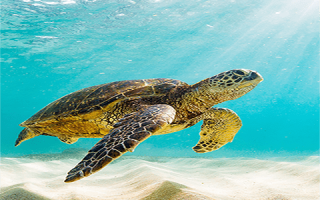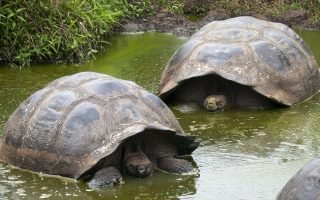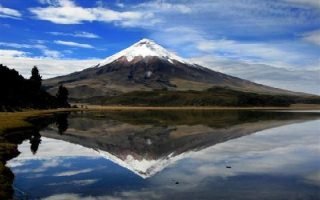Tipping is totally at your discretion and is not a requirement in South America or on Southern Crossings Tours. With that being said, tipping is always a great way to show your appreciation to the people serving you and will be warmly accepted. We only suggest tipping if the service is what you consider to be above average. Tips can be paid in US dollars and/or local currency whatever is easier for you. Below are some suggestions:
For your guides, if you wish to tip them, we suggest $5-10 per person per day.
On treks or other all-day sport activities such as the Inca Trail if you want to tip we recommend US$10-$15 per person per day, to be divided amongst the staff. If every group member on the trek follows this guideline, the porters/horsemen, cooks and guides should all be happy. Normally the head guide will pass around an envelope for passengers to put a tip in and will split the tip with amongst the staff. If you feel a staff member has gone above and beyond to help you out, you may give that person an additional tip directly to that person.
If you wish to tip your private driver $5 is acceptable. It is not customary to tip taxi drivers.
A 10% tip at restaurants, 1 sol ($0.30) per drink at a bar.
All 3 to 5-star hotels have already been paid a 10% service fee by Southern Crossings on your behalf.
Hotel porters and bell boys $1 (or equivalent) per bag. A little more if at a 4- or 5-star hotel. If you permit anyone at the airport who is not a Southern Crossings employee to help you with your bags, they will expect a small tip.
Again, tipping is totally at your discretion and you will never be put on the spot or in an uncomfortable situation to tip.
If you are scheduled to have the same guide or driver for more than one day you can tip them once at the end instead of several times if you prefer.



